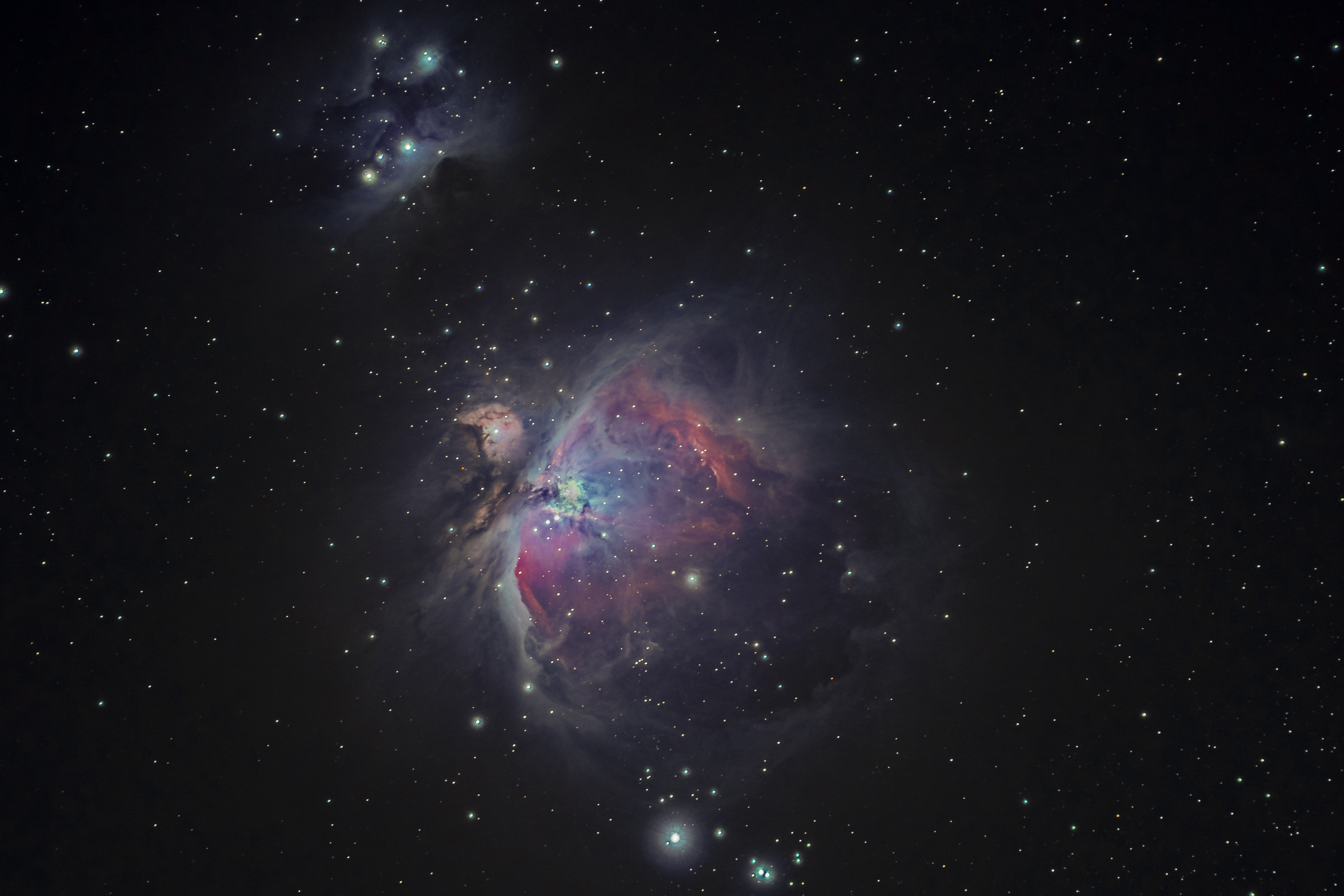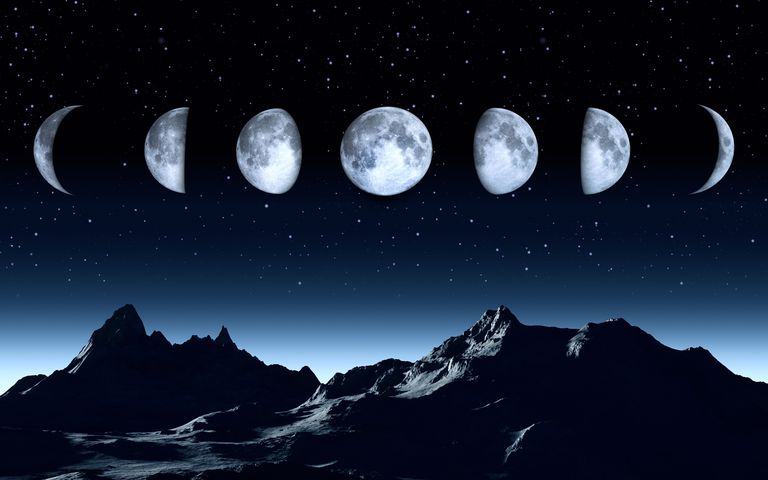
Meet the Veil Nebula, one of my favorite deep-sky objects.
The Veil is one of the more common star party requests I get from more experienced participants. Unfortunately, it requires a very powerful telescope. My 11-inch Schmidt-Cassegrain–pretty advanced, as far as intermediate amateur telescopes go–can barely manage it with a nebula filter.
The Veil has several different segments and can’t be viewed all at once. Seriously–the entire Veil Nebula covers an area six times the diameter of the full moon! If it were bright enough to see with the naked eye, it would be a very visible object.
Together, the segments of the veil make up the Cygnus Loop: a ring-shaped phenomenon that is a supernova remnant, formed roughly 10,000 years ago. That’s actually not that long ago, in astronomical terms. But other supernova remnants, such as the Crab Nebula, are much younger.
Those segments have all been observed separately over time and ended up with separate designations in star catalogs, too. The Veil’s components within the NGC star catalog are NGC 6960, NGC 6992, NGC 6995, and IC 1340. It is also known in the Caldwell catalog by Caldwell 34 and 33.
Fainter “knots” of nebulosity that you might not immediately realize are part of a broad, wispy loop are noted as NGC 6974 and NGC 6979.
Different portions of the supernova remnant have also been named the “Witch’s Broom” and “Pickering’s Triangle.” In particular, the Witch’s Broom refers to the same segment as the picture shown above–the Western Veil.
For this post, I thought tell you a bit about how star catalogs work–and share an interesting story about the NGCs!
Continue reading







